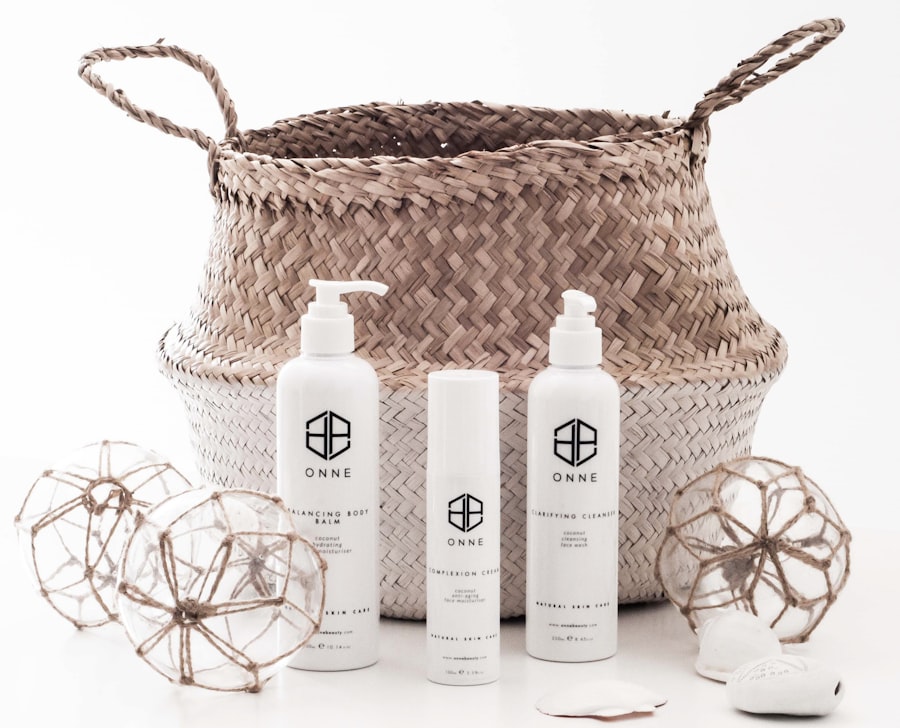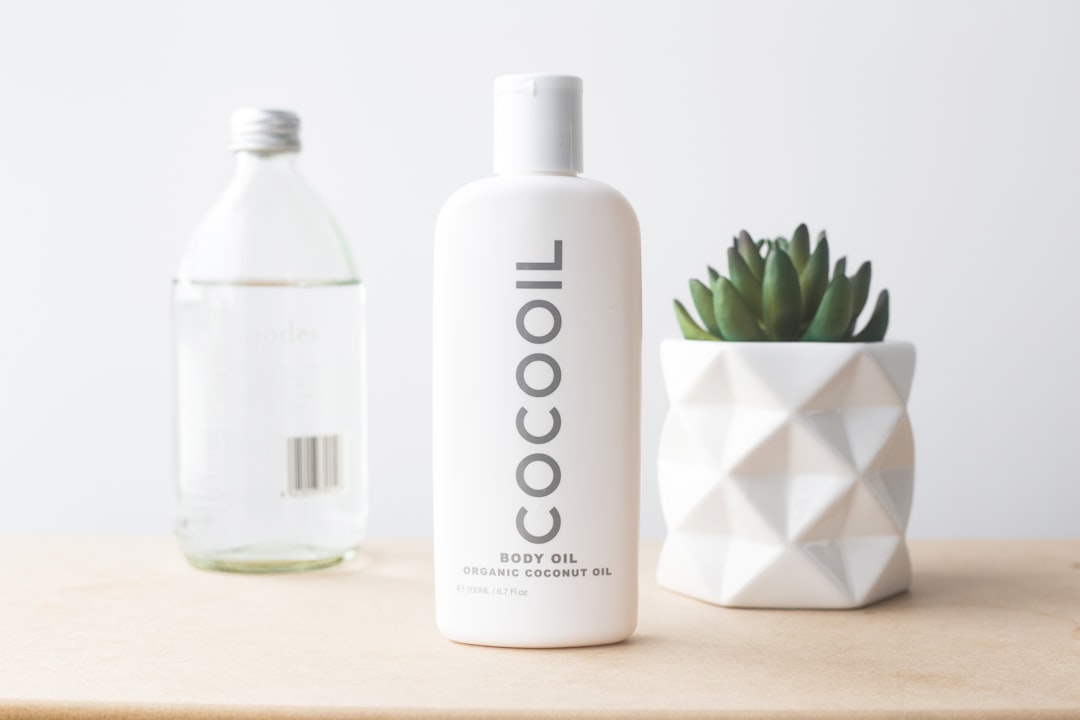Aftercare is a crucial aspect of any cosmetic or medical procedure, and understanding its significance can greatly enhance your overall experience and results. When you undergo a treatment, whether it’s a facial, laser therapy, or any other skin procedure, your skin is often left vulnerable and in need of special attention. Aftercare is not merely a suggestion; it is an essential part of the healing process that can determine the success of your treatment.
By prioritizing aftercare, you are investing in the longevity of your results and the health of your skin. Moreover, aftercare helps to minimize potential side effects and complications that may arise post-treatment. Your skin may experience various reactions, such as redness, swelling, or discomfort, depending on the procedure you’ve had.
By adhering to a well-structured aftercare routine, you can significantly reduce these adverse effects and promote faster healing. This proactive approach not only enhances your comfort but also ensures that you achieve the best possible outcome from your treatment.
Key Takeaways
- Aftercare is crucial for the success of any skin treatment
- Properly manage discomfort and redness with recommended products
- Protect your skin from sun exposure to prevent damage and pigmentation
- Keep the treated area hydrated and moisturized for optimal healing
- Avoid irritants and harsh chemicals that can cause irritation or complications
Managing Discomfort and Redness
Experiencing discomfort and redness after a skin treatment is common, but managing these symptoms effectively can make a significant difference in your recovery. One of the first steps you should take is to apply cold compresses to the affected areas. This simple yet effective method can help soothe inflammation and reduce redness.
You might find that using a clean cloth soaked in cool water or a gel pack wrapped in a towel provides immediate relief. Remember to apply the compress for short intervals, allowing your skin to breathe between applications. In addition to cold compresses, over-the-counter pain relief medications can be beneficial if you’re experiencing significant discomfort.
Non-steroidal anti-inflammatory drugs (NSAIDs) like ibuprofen can help alleviate pain and reduce swelling. However, it’s essential to consult with your healthcare provider before taking any medication to ensure it’s appropriate for your specific situation. Listening to your body and responding to its needs will help you navigate this phase more comfortably.
Protecting the Skin from Sun Exposure

Sun protection is paramount in the aftercare process, especially following skin treatments that may leave your skin sensitive or compromised. Ultraviolet (UV) rays can exacerbate redness and irritation, leading to prolonged healing times and even pigmentation issues. Therefore, it’s crucial to apply a broad-spectrum sunscreen with an SPF of at least 30 every day, regardless of the weather conditions.
Make it a habit to reapply sunscreen every two hours if you’re outdoors, and consider wearing protective clothing or seeking shade whenever possible. In addition to sunscreen, wearing a wide-brimmed hat and sunglasses can provide extra protection for your face and eyes. These accessories not only shield you from harmful rays but also add an element of style to your post-treatment look.
By taking these precautions seriously, you are safeguarding your skin from potential damage and ensuring that your treatment results remain vibrant and long-lasting.
Proper Hydration and Moisturization
| Metrics | Proper Hydration and Moisturization |
|---|---|
| Skin Hydration Level | Optimal hydration level should be between 30-60% |
| Water Intake | Recommended daily water intake is 8-10 glasses |
| Moisturizer Usage | Apply moisturizer at least twice a day, morning and night |
| Hydration Benefits | Improves skin elasticity, reduces dryness and flakiness |
Hydration plays a vital role in the healing process after any skin treatment.
Aim to drink plenty of water throughout the day, as this will not only benefit your skin but also support overall health.
You might find that incorporating hydrating foods like cucumbers, oranges, and watermelon into your diet can further enhance your hydration levels. In addition to internal hydration, external moisturization is equally important. After a treatment, your skin may feel dry or tight, making it essential to use a gentle moisturizer that suits your skin type.
Look for products that contain soothing ingredients such as hyaluronic acid, aloe vera, or ceramides. These components can help restore moisture balance and create a protective barrier on your skin. Applying moisturizer regularly will keep your skin supple and comfortable during the healing process.
Avoiding Irritants and Harsh Chemicals
After undergoing a skin treatment, it’s crucial to be mindful of the products you use on your skin. Your skin may be more sensitive than usual, making it susceptible to irritants and harsh chemicals found in many skincare products.
Avoid products containing alcohol, retinoids, or exfoliating acids until your skin has fully healed. Additionally, be cautious about introducing new products into your skincare routine during this time. While it may be tempting to try out the latest beauty trends or treatments, doing so could lead to adverse reactions or complications.
Stick to a minimalistic approach by using only the essentials: a gentle cleanser, moisturizer, and sunscreen. This will allow your skin to recover without unnecessary stress from potentially irritating ingredients.
Keeping the Treated Area Clean
Maintaining cleanliness in the treated area is essential for preventing infections and promoting healing. After your procedure, follow any specific instructions provided by your healthcare professional regarding cleansing routines. Generally, it’s advisable to use a mild cleanser that won’t strip your skin of its natural oils.
Gently cleanse the area twice daily, using lukewarm water and avoiding any scrubbing motions that could irritate the skin. In addition to cleansing, be mindful of how you touch your face or the treated area. Your hands carry bacteria that can lead to infections if they come into contact with open or sensitive skin.
Make it a habit to wash your hands thoroughly before touching your face or applying any products. This simple practice can significantly reduce the risk of complications and ensure that your skin heals properly.
Monitoring for Potential Complications
As you navigate through the aftercare process, it’s essential to remain vigilant for any signs of complications that may arise post-treatment. While most individuals experience mild side effects like redness or swelling, more severe reactions can occur in some cases. Keep an eye out for symptoms such as excessive pain, prolonged swelling, or unusual discharge from the treated area.
If you notice any concerning changes, don’t hesitate to reach out to your healthcare provider for guidance. Regularly assessing your skin’s condition will empower you to take action if needed. Documenting any changes in appearance or sensation can also be helpful when discussing your recovery with a professional.
Remember that early intervention is key; addressing potential complications promptly can prevent further issues down the line.
Following Up with Professional Recommendations
Finally, following up with professional recommendations is an integral part of ensuring optimal results from your treatment. Your healthcare provider may schedule follow-up appointments to monitor your progress and address any concerns you may have during recovery. These check-ins are valuable opportunities for you to ask questions and receive personalized advice tailored to your specific needs.
In addition to scheduled appointments, don’t hesitate to reach out if you have any questions or uncertainties about your aftercare routine. Your provider is there to support you throughout this journey and can offer insights that will enhance your recovery experience. By staying engaged with professional guidance, you’ll be better equipped to achieve the best possible outcome from your treatment while ensuring the health and vitality of your skin for years to come.
After undergoing laser hair removal treatment, it is crucial to follow proper aftercare guidelines to ensure optimal results and minimize any potential side effects. One helpful resource for learning about laser hair removal aftercare is the article “Fashion Home” on In Laser Hair Removal’s website. This article provides detailed information on how to care for your skin post-treatment, including tips on moisturizing, avoiding sun exposure, and managing any discomfort. For more information on laser hair removal and other related topics, visit In Laser Hair Removal’s Fashion Home article.
FAQs
What is laser hair removal aftercare?
Laser hair removal aftercare refers to the guidelines and practices that should be followed after undergoing a laser hair removal treatment. These guidelines are aimed at ensuring the best results and minimizing any potential side effects.
Why is laser hair removal aftercare important?
Proper aftercare is important to ensure the best results from the laser hair removal treatment. It can also help to minimize the risk of potential side effects such as skin irritation or discoloration.
What are some common laser hair removal aftercare guidelines?
Common aftercare guidelines for laser hair removal may include avoiding sun exposure, using gentle skincare products, avoiding hot showers or baths, and avoiding activities that may cause excessive sweating.
How long do I need to follow laser hair removal aftercare guidelines?
The duration of following laser hair removal aftercare guidelines may vary depending on the individual and the specific treatment. It is important to follow the specific aftercare instructions provided by the laser hair removal technician.
What are the potential side effects of not following laser hair removal aftercare guidelines?
Not following laser hair removal aftercare guidelines may increase the risk of potential side effects such as skin irritation, redness, swelling, or discoloration. It may also impact the effectiveness of the treatment.






